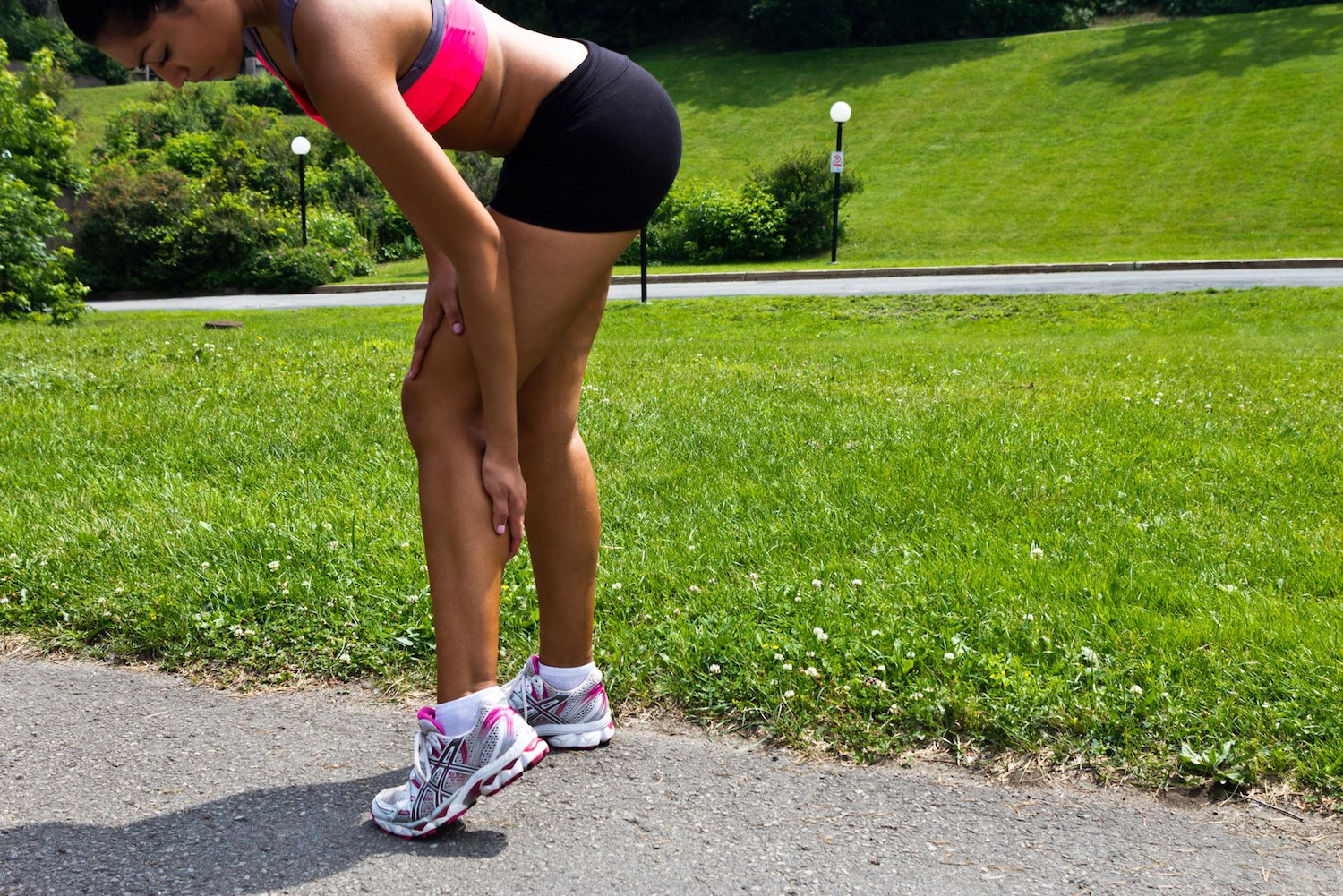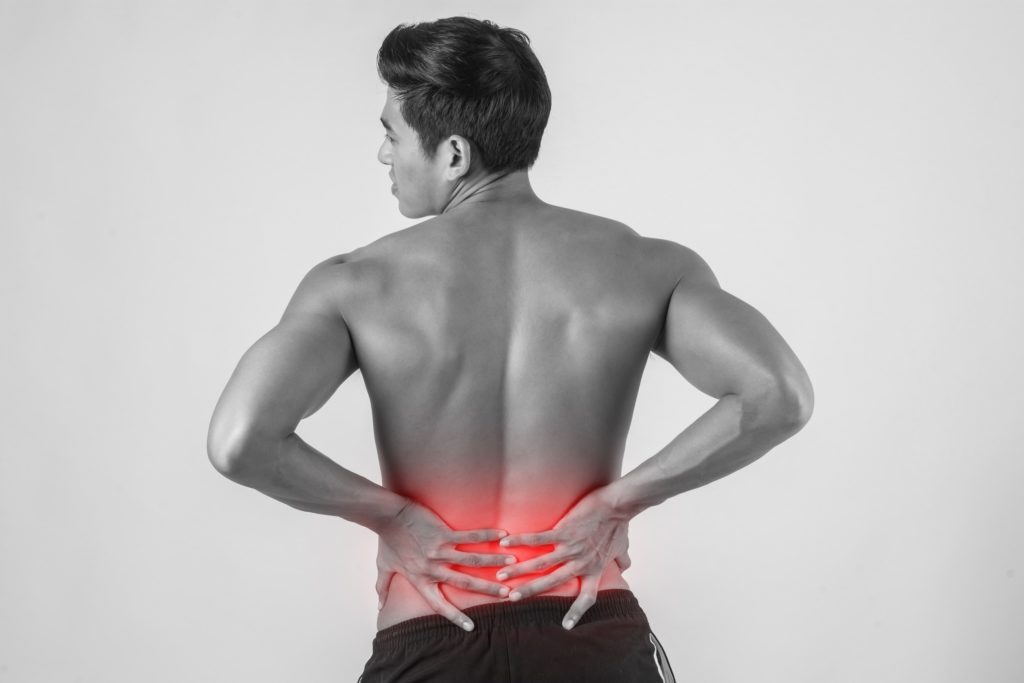Good and bad pain during training

They can be burning, throbbing, or stabbing. Pain has many faces and usually warns us of health risks. Pain can also occur during exercise. However, there are good pain and bad pain during exercise. Here is the difference:
Properly trained or overdone?
Nature has arranged it that way. If you want to train effectively to improve continuously, you have to push your limits every now and then. However, it is essential not to exceed this limit if possible. Otherwise, there is a risk of overtraining and injury. That’s why it’s crucial to understand and decipher your body’s language. This is especially true when it comes to pain during training.
Good pain during training
Of course, pain should be avoided as much as possible, but it is sometimes unavoidable during exercise and not a big deal. If you find it challenging to go up or down the stairs after a workout, that’s perfectly OK. However, you should only feel sore in the muscles that you used during your training. Even mild muscle soreness is not dramatic. It usually occurs the next day. However, it should not last longer than 48 hours. If it lasts longer than that, you have overdone it in your training.

Bad pain during training
If you are exercising and suddenly get a sharp pain, and in a specific area, it is usually not a good sign. Here are three examples of pain where you should stop your fitness program and possibly see a doctor:
- Strained muscle: A sudden strain during exercise can be a sign of a pulled muscle. Sometimes a short rest is enough, and the muscle recovers. If you are lucky, you only have a slight strain. It is worse if the affected area hurts even with small movement or if the pain lasts longer than a week. Then please see a doctor.
- Sciatica: Sciatica or ischialgia is relatively standard. This is usually the case when you feel a sudden, stabbing pain in your back. In some cases, it may be enough to continue moving carefully. But sometimes, you need to take a break because the muscles have become very tense. Heat can help, as can a professional massage.
- Worsening ache: If the ache gradually gets worse during exercise, it could be that you are putting too much strain on your muscles. This is often due to muscular imbalances. In this case, it is advisable to reduce the intensity of the training. If that is not enough, it is better to take a break. A good sports physician or physiotherapist can make a diagnosis if the problem occurs more frequently.
Note: This article is well researched but cannot replace a visit to the doctor.